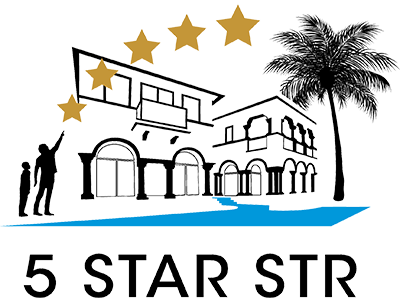Short-Term Rentals in a Rising Interest Rate Environment
As a seasoned short-term rental investor, the pressing question is whether investing in short-term rentals (STR) in the face of escalating interest rates is still lucrative. The landscape of the real estate market is currently uncertain, prompting stakeholders to draw comparisons to past downturns like the Great Recession.
Market Cycles and STR's Current Standing
It's pivotal to recognize that every market downturn possesses its unique attributes. A repeat of causes from previous downturns is improbable. Data from the AirDNA 2022 Vacation Rental Outlook Report sheds some light on the evolving scenario:
The pandemic has catapulted STRs into mainstream real estate investments.
Even with 10% fewer listings, the STR industry sees a 10% increased demand, amassing 40% more revenue.
With increasing investors eyeing STRs, the sector dynamically responds to changing consumer preferences, like offering distinctive lodgings in unconventional locations.
Factors Driving STRs in 2024 and Beyond
Two key components are influencing the future of STRs:
Remote Work Dynamics: The upsurge of remote work, where 60% of returning workers adopt a hybrid approach, amplifies weekday bookings. Many guests prefer to work remotely by day and experience local attractions by night.
Diverse STR Supply: With rising competition, developers are capitalizing on unique property types like log cabins, A-frames, treehouses, and tiny houses to distinguish their offerings.
Case Study: Impact of Doubling Interest Rates on STR Cash Flow
I encountered firsthand the intricacies of fluctuating interest rates with my first short-term rental investment – a 900-square-foot A-Frame. With built equity, I was considering a cash-out refinance.
I anticipated an interest rate jump from 3.25% to 4.25%. Still, unexpected rate hikes within a short 45-day window escalated it to a staggering 6.9%. Initially reluctant, I decided to gauge the property's profitability at this new rate.
The revelation was unexpected. Despite a substantial loan increment from $178,000 to $225,000, the mortgage payment difference between the initial 4.25% rate and the revised 6.9% was merely $375 extra monthly. Considering my rental's occupancy rate over three years stood at 95% on average, the financial impact was easily mitigated.
Conclusion: Embracing STR in Rising Interest Rate Times
This personal experience illuminated a key insight: even in a surging interest rate landscape, STRs are a robust real estate investment. While current rates are historically low, letting the apprehension of rate hikes inhibit potential investments is inadvisable.
5 Star STR, a leading short-term rental company, encourages prospective investors not to be deterred by the potentially transient nature of interest rates. Instead, focus on the merits and resilience of well-situated STR properties that can easily bridge financial disparities.
See also: How to Conduct a Comprehensive Analysis of an Airbnb Investment?
Short-Term Rental, Made Easy. Click Here to book your appointment.
